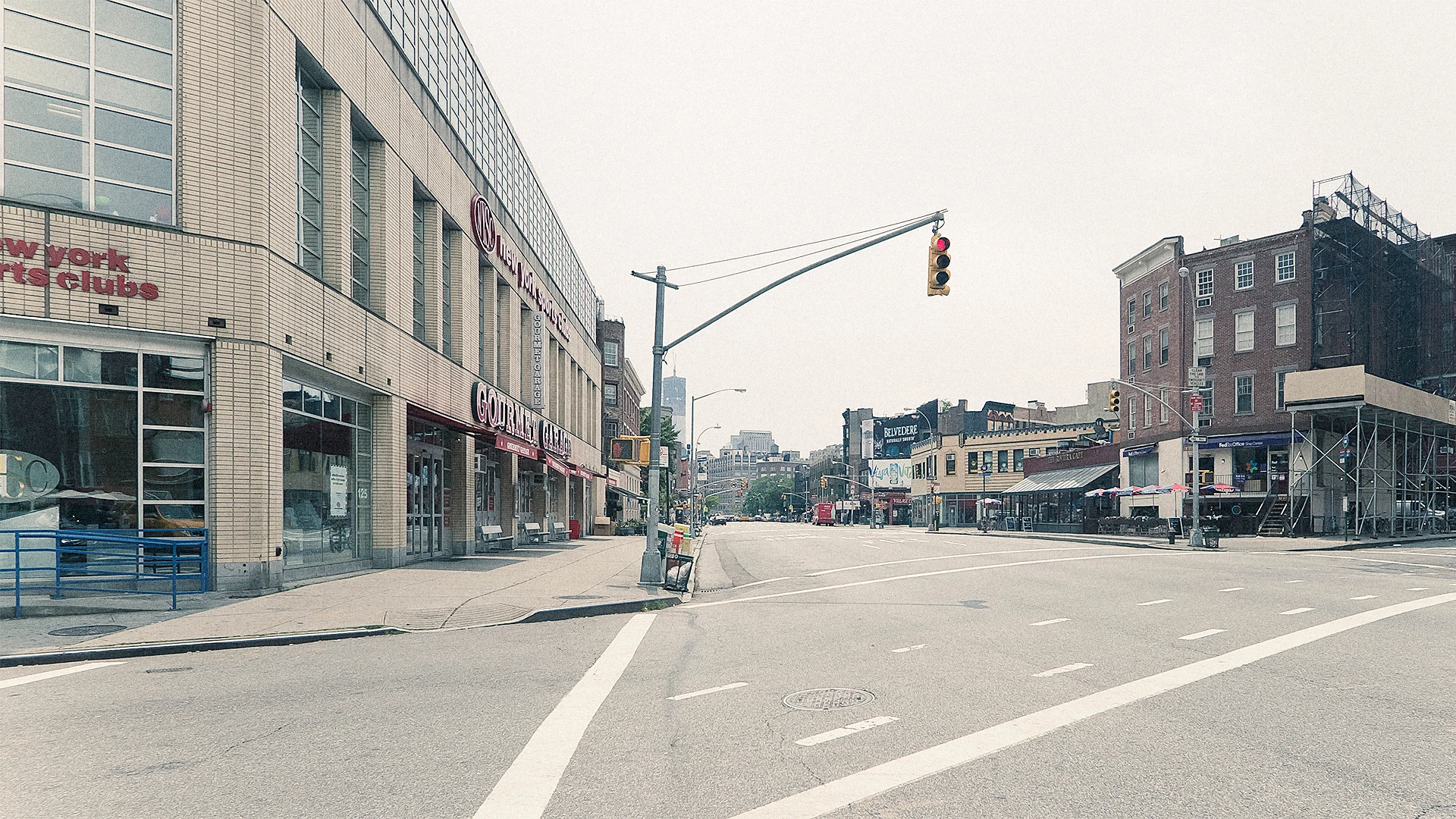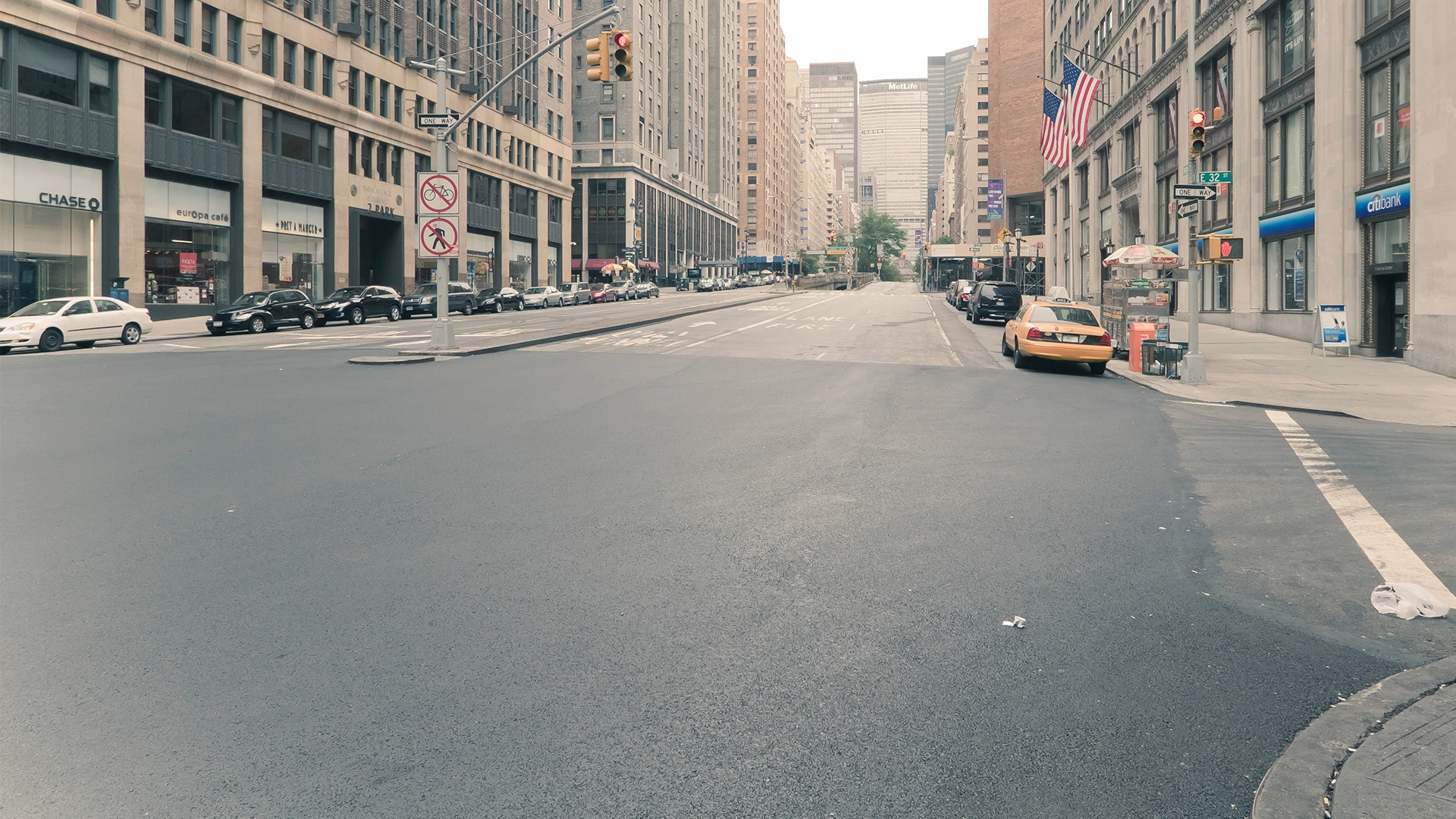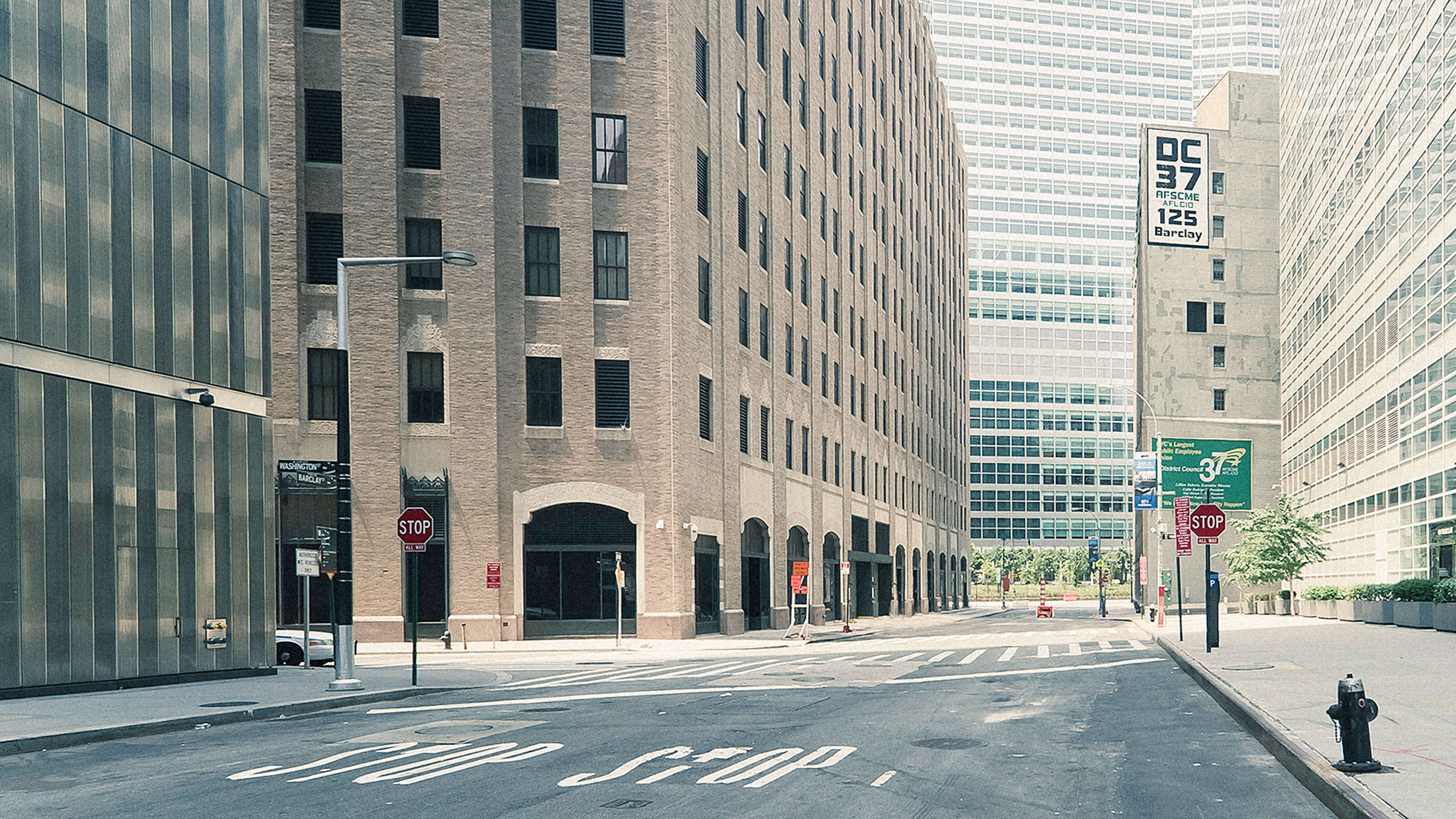In L.A.–where commuters each spent an average of 104 hours stuck in traffic in 2016–most people drive to work alone. But in 15 years, a new report estimates, more than 2 million of them may have given up their cars.
Autonomous cars are likely to be on roads in three or four years. As adoption scales up, the cost of an Uber or Lyft (or whatever company replaces them) ride may drop roughly in half for consumers: not having to pay a driver will make the ride cost much less. The report, called Driverless Future, estimates how many car owners are likely to shift to hailing a driverless car because using an app is cheaper–and what that shift means for American cities.
“What we saw in the model–and we ran it a few different ways–is it’s going to be a monumental shift,” Joe Iacobucci, director of transit for Sam Schwartz, an engineering firm that partnered with Arcadis and HR&A to create the report, tells Fast Company. “Forty percent to 60% who are driving today will have an economic rationale to shift to those services.”

The report looked at three representative cities. In the New York metro area, the drop in car ownership could be as much as 60%, or 3.6 million vehicles, versus as much as a 44% drop in L.A. and a 31% drop in Dallas. (The differences in the economics are driven primarily by the cost of parking, which is very high in Manhattan and often free in Dallas).
With fewer personal vehicles, cities could radically change. “The potential reduction in space needed to store vehicles provides cities an incredible advantage or opportunity to rethink the way that our streets work, and our very pricey urban infrastructure,” says Iacobucci.
“When you look at an average street, in a lot of cases, you could say 25% of the street is actually dedicated to the storage of cars,” he says. “If we need one drop-off space that satisfies 20 parking spaces, we could essentially create on-street bus networks, separated bike lanes, and large pedestrian facilities to make our streets the best practice of a living street.”
Former parking garages could become housing or office space. In downtown Washington, D.C., 40% of land is dedicated to parking; in a less-dense downtown like Houston, that number is 65%. (The report recommends that any new parking garages built now should be designed for future conversion to another use). Related businesses, like gas stations and car washes, could also move out of densely-populated areas to free up space.

For people who can’t currently afford a car and don’t live near strong public transportation, access to cheap autonomous rides has the potential to help them reach better-paying jobs. Neighborhoods segregated by income are associated with lower economic mobility, and researchers who have studied the phenomenon say that better transportation is part of the solution. Conversely, the shift to more ride hailing might mean that higher-income families are more willing to move to suburbs that are further away; this would be bad because the less that low-income families are exposed to more successful ones, the less likely it becomes that poor children make it into another income bracket.
The choices that cities make now in policy could determine whether the outcome is positive. For example, to ensure that lower-income residents can use ride hailing to reach jobs in different neighborhoods, cities may need to require companies like Uber to offer alternate ways to hail or pay for a ride for people who can’t afford a smartphone.
Many cities are beginning the process of planning for an autonomous future. Detroit and Pittsburgh already each have city employees focused on autonomous cars. In one project launched in 2016, Bloomberg Philanthropies and Aspen Institute are working with 10 cities to help them create strategies.
“We were very aware that the first time cities met cars, things went well for cars and somewhat less well for cities,” says Jennifer Bradley, director of the Center for Urban Innovation at the Aspen Institute. “Now we know a little, and we’re trying to help create a situation in which the conversation and the deployment of this technology is not driven entirely by the companies, but cities and residents are able to more strongly shape the future.”
Cities will have to plan to for a drop in parking revenue. They’ll also have to plan for the fact that a large number of consumers may opt for ride hailing over public transportation, potentially putting transit services at risk.
The report recommends that cities should analyze where public versus private transit makes the most sense–in a high-density area, where subways or bus rapid transit will be faster than multiple Uber cars stuck in traffic, cities should focus on building or upgrading public transit. In other areas, a traditional bus might have to be improved or replaced to stay competitive. A city transit app might include everything from buses and bikes to ride hailing, and suggest the best option.
Cities also have the chance to plan for “car-light” neighborhoods. They’ll have to figure out how to make sure that everyone has access to new mobility options, if some don’t have a smartphone. They’ll also have to figure out how to help the replaced drivers find new jobs. But done right, policy could lead to very different, and improved, cities.
“If cities get in front of this and they manage it correctly, it could be a once in a lifetime opportunity to better optimize our city streets, city transportation infrastructure, and to make a city right now which is largely segregated based on income, much more inclusive,” Iacobucci says. “If we ignore this, it could be a repeat of the 20th century, which basically gave us congestion, inequity, and separation from our transportation network.”
Recognize your brand’s excellence by applying to this year’s Brands That Matter Awards before the early-rate deadline, May 3.
